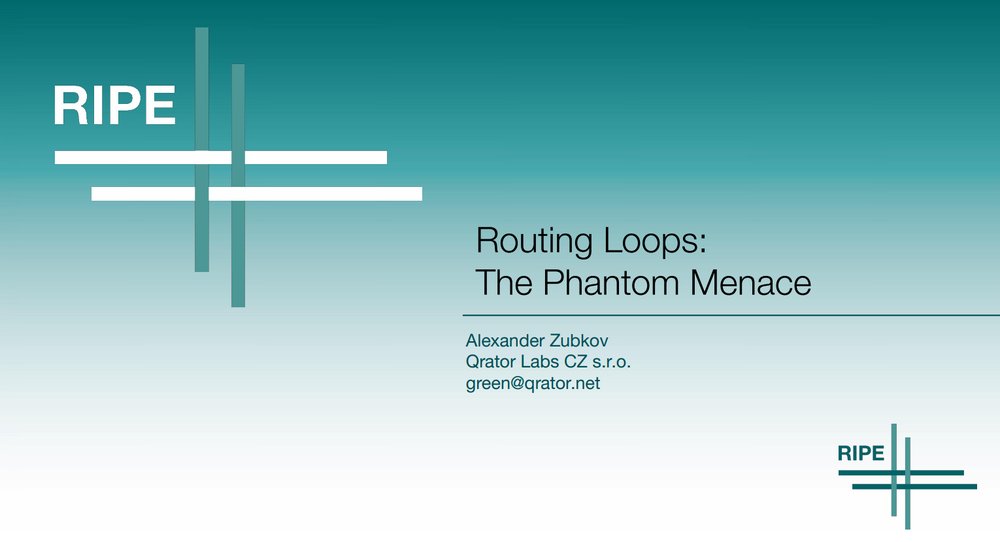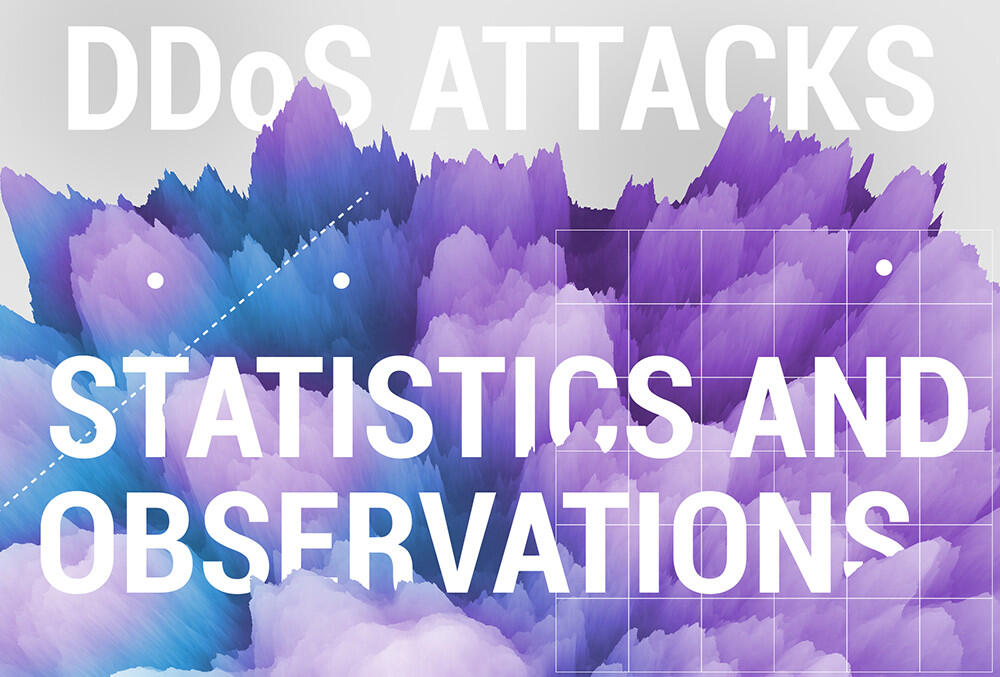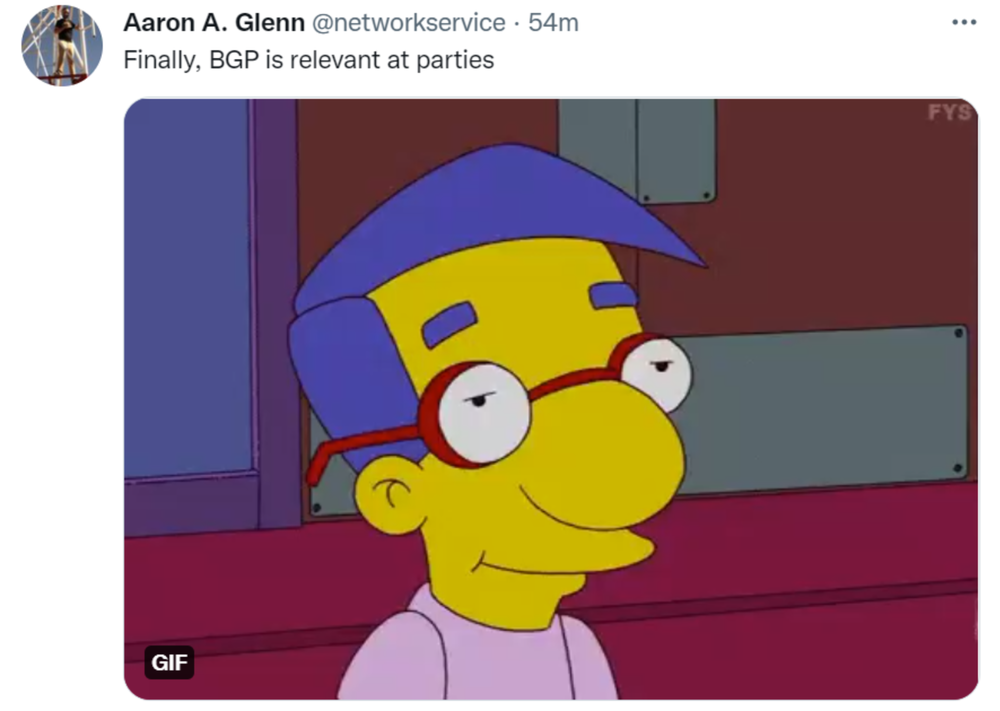
Qrator Labs has become a MANRS partner to pursue more reliable and secure internet routing.

Qrator Labs has become a MANRS partner to pursue more reliable and secure internet routing.
DDoS attacks send ripples on the ocean of the Internet, produced by creations of various sizes - botnets. Some of them feed at the top of the ocean, but there also exists a category of huge, deep water monstrosities that are rare and dangerous enough they could be seen only once in a very long time.
November 2021 we encountered, and mitigated, several attacks from a botnet, that seems to be unrelated to one described and/or well-known, like variants of Mirai, Bashlite, Hajime or Brickerbot.
Although our findings are reminiscent of Mirai, we suppose this botnet is not based purely on propagating Linux malware, but a combination of brute forcing and exploiting already patched CVEs in unpatched devices to grow the size of it. Either way, to confirm how exactly this botnet operates, we need to have a sample device to analyze, which isn’t our area of expertise.
This time, we won’t give it a name. It is not 100% clear what we are looking at, what are the exact characteristics of it, and how big this thing actually is. But there are some numbers, and where possible, we have made additional reconnaissance in order to better understand what we’re dealing with.
But let us first show you the data we’ve gathered, and leave conclusions closer to the end of this post.
Hello, everybody!

My name is Alexander Zubkov and today I’d like to talk about routing loops.

The third quarter of 2021 brought a massive upheaval in the scale and intensity of DDoS attacks worldwide.
It all led to September when together with Yandex, we uncovered one of the most devastating botnets since the Mirai and named it Meris, as it was held accountable for a series of attacks with a very high RPS rate. And as those attacks were aimed all over the world, our quarterly statistics also changed.
This quarter, we've also prepared for your consideration a slice of statistics on the application layer (L7) DDoS attacks. Without further ado, let us elaborate on the details of DDoS attacks statistics and BGP incidents for Q3, 2021.

October 4, 2021, has all the chances to become a BGP awareness day.
Memes aside, yesterday, with the entirety of its ecosystem including vast resources like Instagram and WhatsApp, Facebook disappeared from the Internet.

The National Internet Segment Reliability Research explains how the outage of a single Autonomous System might affect the connectivity of the impacted region with the rest of the world. Most of the time, the most critical AS in the region is the dominant ISP on the market, but not always.
As the number of alternate routes between AS’s increases (and do not forget that the Internet stands for “interconnected network” - and each network is an AS), so does the fault-tolerance and stability of the Internet across the globe. Although some paths are more important than others from the beginning, establishing as many alternate routes as possible is the only viable way to ensure an adequately robust network.
The global connectivity of any given AS, regardless of whether it is an international giant or regional player, depends on the quantity and quality of its path to Tier-1 ISPs.
Usually, Tier-1 implies an international company offering global IP transit service over connections with other Tier-1 providers. Nevertheless, there is no guarantee that such connectivity will be maintained all the time. For many ISPs at all “tiers”, losing connection to even one Tier-1 peer would likely render them unreachable from some parts of the world.

Introduction
For the last five years, there have virtually been almost no global-scale application-layer attacks.
During this period, the industry has learned how to cope with the high bandwidth network layer attacks, including amplification-based ones. It does not mean that botnets are now harmless.
End of June 2021, Qrator Labs started to see signs of a new assaulting force on the Internet – a botnet of a new kind. That is a joint research we conducted together with Yandex to elaborate on the specifics of the DDoS attacks enabler emerging in almost real-time.

The second quarter of 2021 was expected to be much quieter than the Q1 in DDoS attacks; hence we're looking at the late spring and early summer months of April, May and June, with somewhat cooled business buzz globally. Although, some attacking activity was in place during the European Football Championship in June-July, focusing mainly on the betting industry.
We're here to disclose available details of DDoS attacks statistics and BGP incidents for Q2, 2021.

Among many popular graph algorithms, several algorithms allow you to find the shortest paths. Each of them solves its own problem and, accordingly, has its own application in practice. For example, the A* search algorithm can use various heuristics to find the path of the minimum cost in video games, while the Floyd — Warshell algorithm allows you to efficiently find the shortest paths between all pairs of vertices in dense graphs and can be used in the Schultz method to determine the winner of the election [1]. However, computer networks are considered to be the area where shortest path algorithms are strongly sought-for.
This article by Roman Klimovitsky describes how such problems arise in Qrator Labs and how we solve them.
For several years now, Qrator Labs has been working with different universities to find students interested in specific tasks we deal with, for them to either get new experience or mark a future career path in network and computer engineering.
At the moment, several Qrator Labs employees started out as interns, picking one of the programs provided at the universities they studied. Of course, not everyone chooses computer engineering as a field of specialization — out of 23 students that participated in the university programs during 2019 and 2020, 9 were invited for internships. Only four of them became our colleagues in those years, which makes their stories quite special.